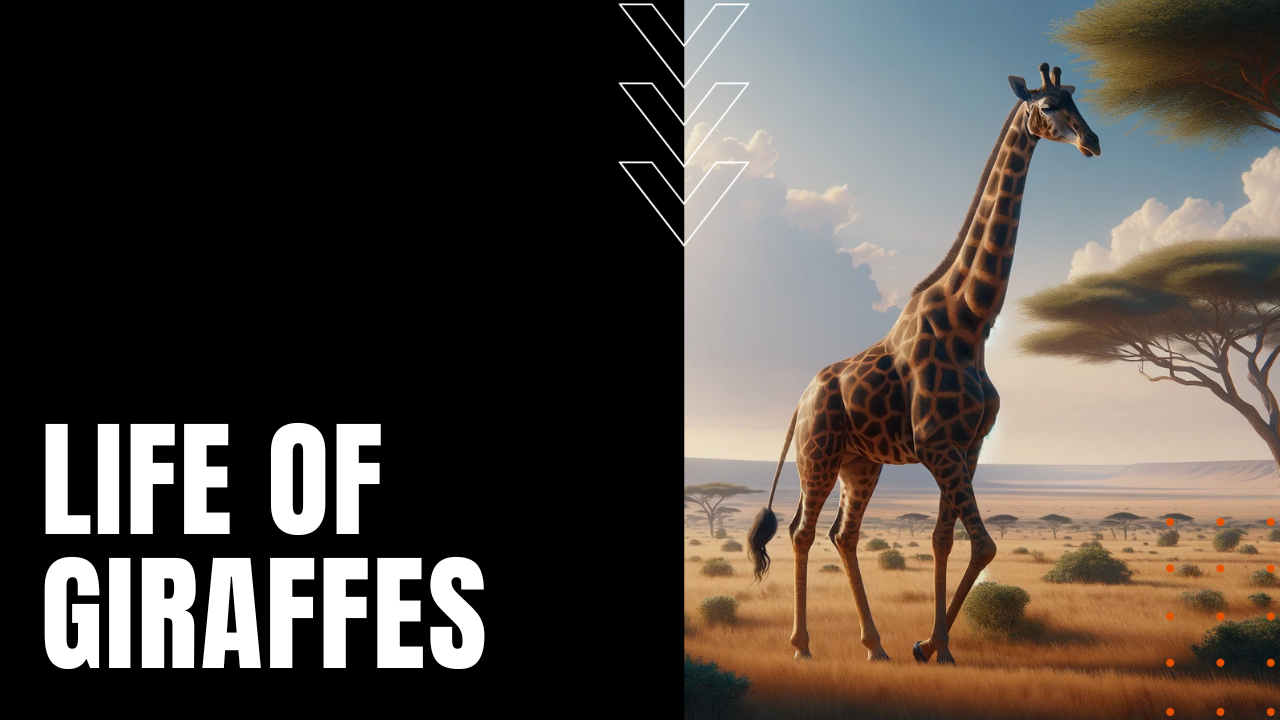The Life of Giraffes

Belonging to the family Giraffidae and living exclusively on the African continent, giraffes are the tallest living terrestrial hoofed mammal on Earth. They also hold the distinction as the largest ruminant species on Earth, which are plant-eating mammals equipped with a specialized stomach known as a foregut, which ferments plant matter prior to digestion.
Nine Subspecies
While the International Union for Conservation of Nature or IUCN recognizes one primary species—Giraffa camelopardalis—and nine subspecies of giraffe, the Giraffe Conservation Foundation in partnership with Senckenberg Biodiversity and the Climate Research Center conducted a first-ever comprehensive genomic, nuclear and mitochondrial DNA analysis of all known giraffe populations living in Africa, revealing four distinct species of giraffe and several subspecies, including Masai, Northern, Reticulated and Southern giraffes. Preyed upon by lions, leopards, spotted hyenas and wild dogs, giraffes typically inhabit savannas and woodlands, from Chad in the north to South Africa in the south, from Niger in the west to Somalia in the east.
Unique Evolution
Growing as tall as 14 feet for females and 19 feet for males, fully grown females and males weigh in at 1,825 to 2,628 pounds respectively. Surviving on fruits, flowers and woody plants, a giraffes’ unusually long neck allows them to dine on foliage at heights unattainable by other other herbivores. Camouflaged with patches of orange, chestnut, brown or black surrounded by lighter-colored hair, giraffes possess relatively thick fur as a defense against insects, while the skin under their darker patches possess a unique vascular structure that may help them regulate body temperature.
Unique Smell
Known for their unique smell, scientists have identified 11 aromatic chemicals in their fur, including indole and 3-methylindole, which may provide a chemical defense against predators such as parasites, while the stronger smell of male giraffes may also have a sexual attraction component. Living in segregated female and bachelor herds, dominant males gain mating access using a form of social hierarchy combat known as “necking,” while a gestating female giraffe gives birth after 14 to 16 months. Classified as vulnerable to extinction by the IUCN, over the last 300 years, giraffes have lost 90% of their habitat to human encroachment, with population census estimates of 117,000 Giraffidae living in the wild, making giraffes, an endangered gentle giant of Africa.
